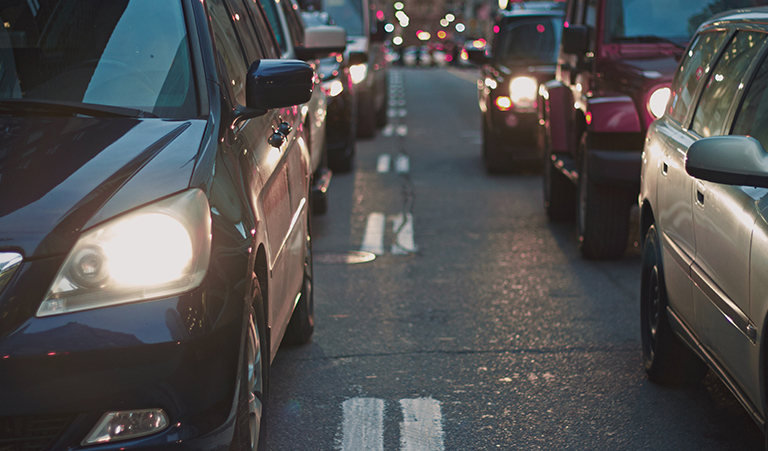It’s no secret that the traffic in Manila is one of the more difficult things to come to terms with, and it’s expected to get worse and stay that way at least until next year. The cause of the increased traffic congestion is linked to the P2.3 trillion infrastructure development project that is already underway in Metro Manila (there are currently more than 15 major road-related projects) which aims to cut the economic and human costs considerably.
As it stands, the economic losses associated with traffic in the capital are estimated to be P2.4 billion each and every business day (a total of P567 billion each year), a figure that is estimated to rise to P6 billion for each working day by 2030. This figure is comprised of costs associated with lost business hours and business opportunities, missed deadlines caused by delays, and wasted automobile fuel. One solution to the problem seen as one of the most likely to succeed is the increase in mass transit options, with 7.4 million workers in Metro Manila estimated to be using public transport on a daily basis by 2030.
Some jeepney drivers have already reported losses of up to 50% of their daily income. In a city where public buses and jeepneys carry more than 70% of commuters traveling to, from, and around the Metro, it’s clear that the scope of economic costs covers all walks of life, and it’s only natural that such a situation will also lead to human consequences.
One point that is worth mentioning about the human cost of traffic in the city is the lost time that could have been spent with loved ones in this highly family-centric nation that is the Philippines. Some figures suggest that the average Filipino spends up to three years of their life waiting in traffic.
In addition to the emotional toll, there are also the negative effects that traffic has on health and the environment; as recently as 2012, levels of greenhouse gas emissions in Manila were at a staggering 4.7 million tonnes for the year – a number that falls well below the 5.7 estimated for the year 2030. The full scale of the damage to the city’s inhabitants’ cardiovascular health has yet to be measured in full, and may not be for quite some time.
By this time next year, it is hoped that the situation will not only have been rectified, but that the traffic will flow more freely, and that plans to replace the smoke-belching jeepneys and buses with more efficient and environmentally-friendly mass transport options will have been realised for the betterment of the nation as a whole.
